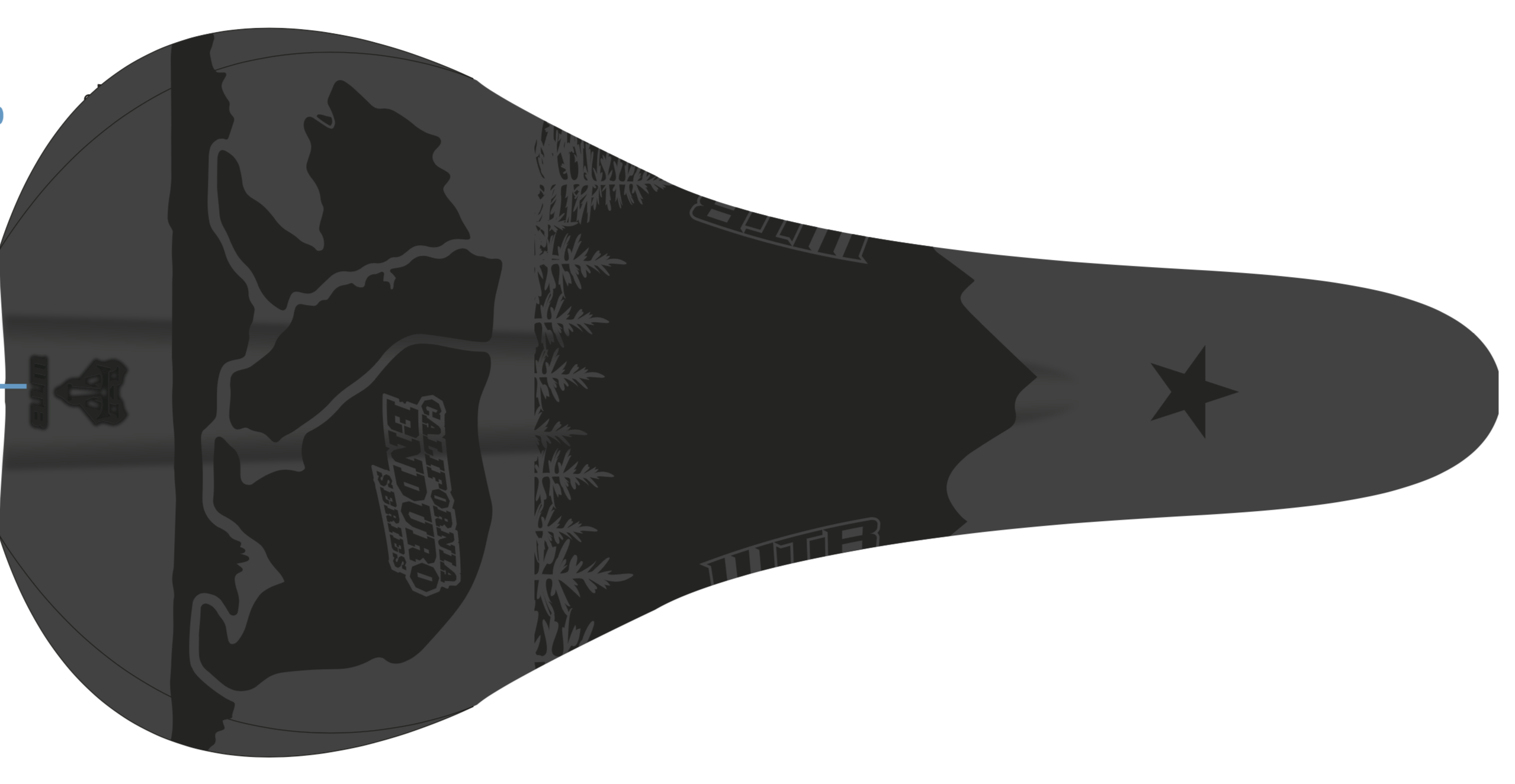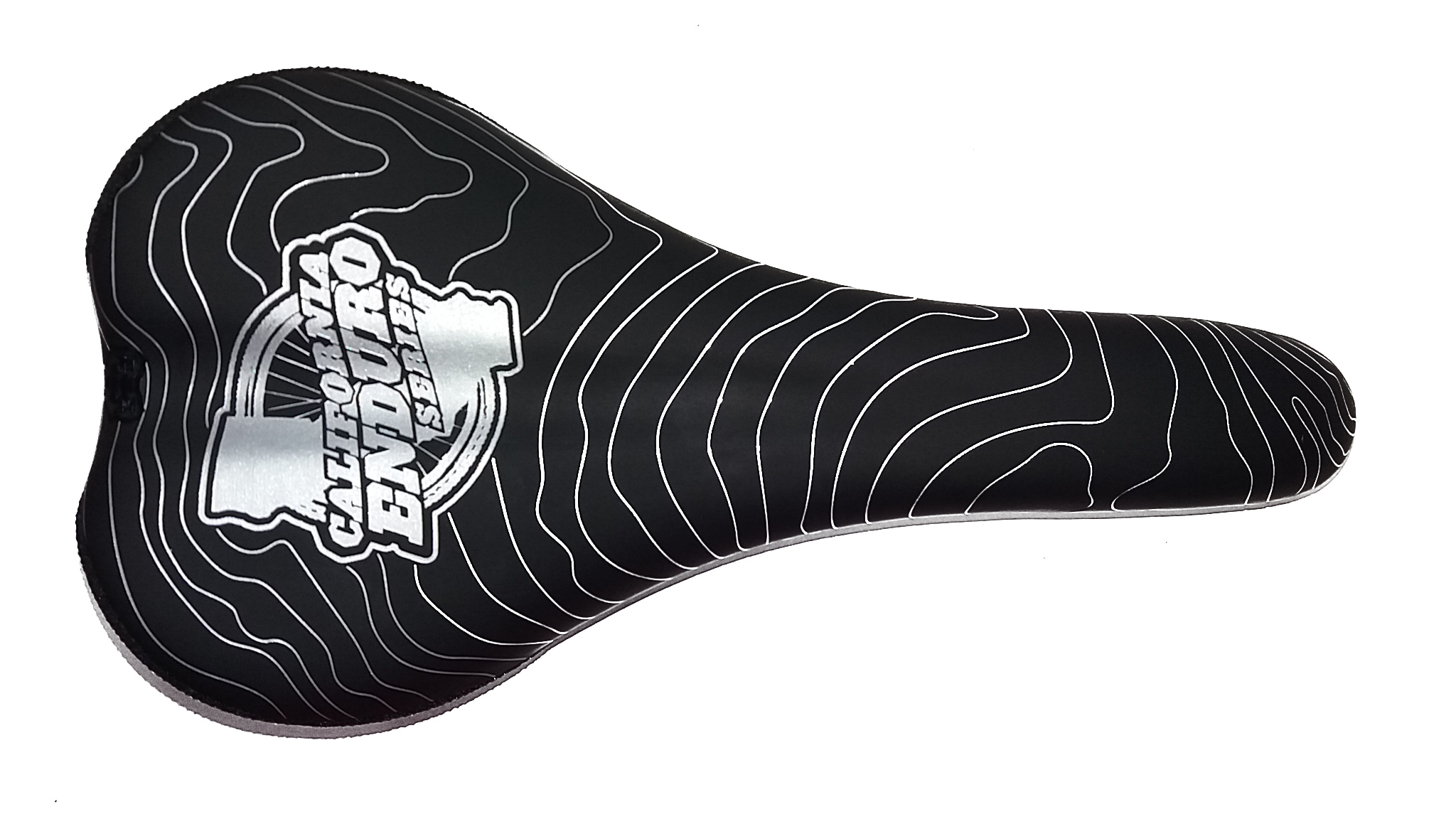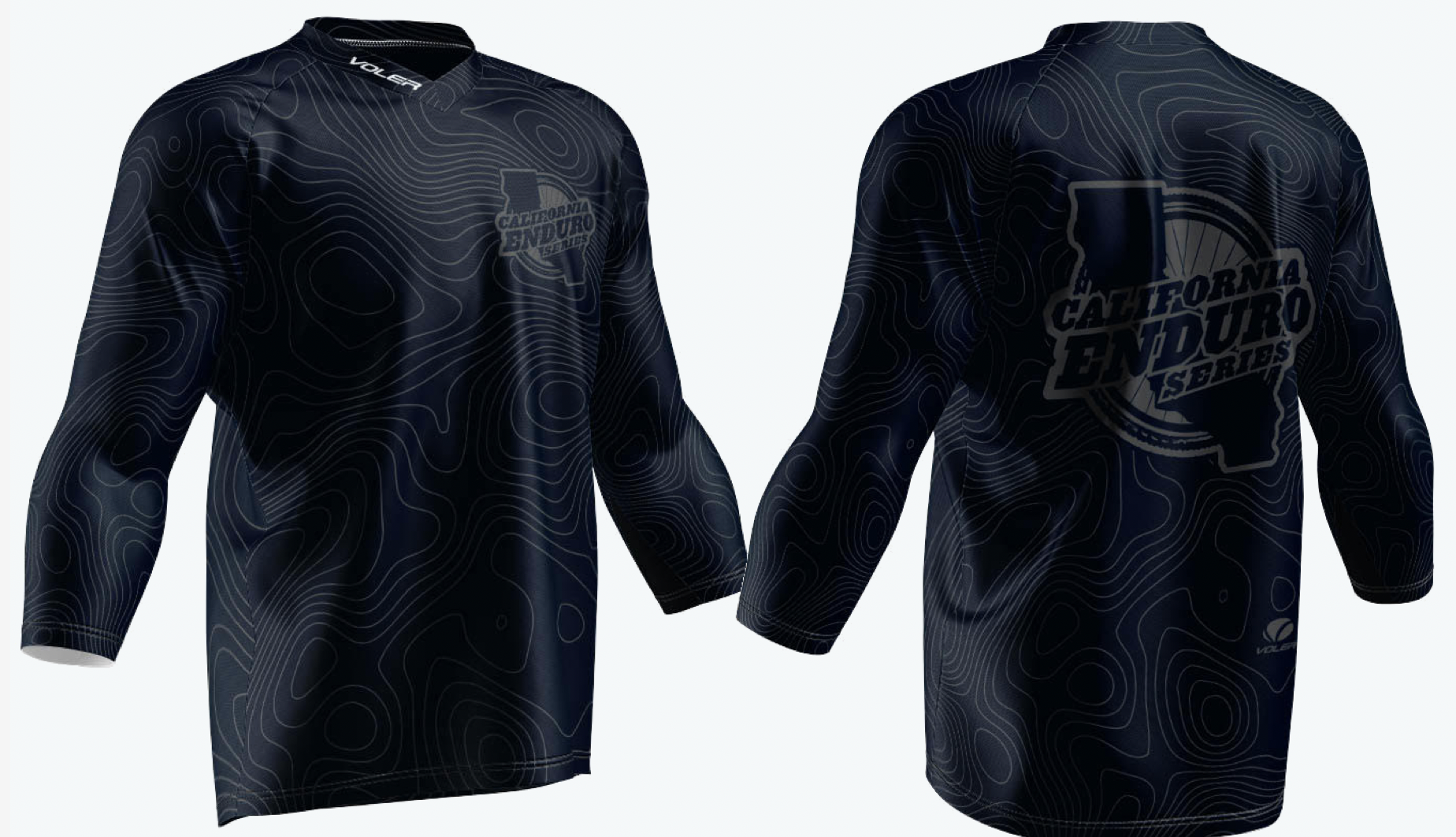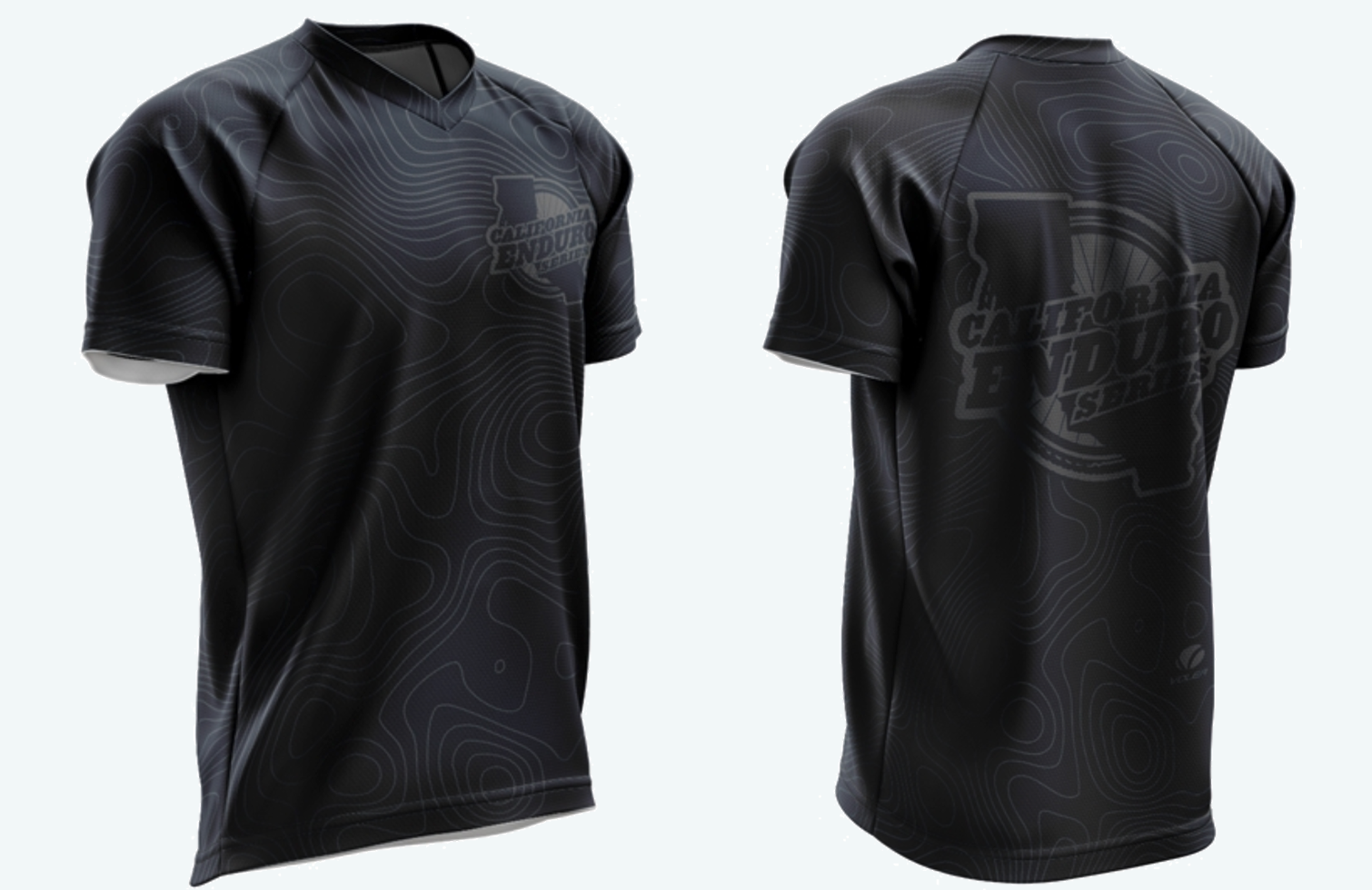Structure
We leave it to the race organizer to create a course that challenges the riders and highlights the trails and terrain in their area. We provide the following guidelines to ensure consistency and quality across the events in the California Enduro Series.
- The course will consist of timed Special Stages, and un-timed Transfer Stages
- Special Stages are predominantly descending routes, focusing on testing a rider’s technical skill. As a guideline, Special Stages should aim to contain a maximum of 20% climbing and at least 80% descending.
- Transfer Stages are predominantly ascending routes. We leave it to the discretion of the race organizer to decide the combination of assisted (chair lift, etc), and unassisted (rider pedal powered). There should be some pedalling in the transfer stages, per the requirements below.
- For a 1 day event
- Minimum 4 Special Stages
- Minimum 20 minutes of total race time for the fastest rider in the Pro/Open Men Category (accumulated time of all the Special Stages)
- Minimum 2000 feet of pedal powered climbing
- For a 2 day event
- Minimum of 6 Special Stages
- Minimum of 2 Special Stages must be held on a given day.
- Minimum of 30 minutes of total race time for the fastest rider in the Pro/Open Men Category (accumulated time of all the Special Stages)
- Minimum 3000 feet of pedal powered climbing
- Special Stages are individual start with minimum 30 second gaps between riders.
Course Map
A course map must be produced by the organiser and displayed at registration and in Race Headquarters. This map may also be published on the event website.
It is each rider’s individual responsibility to study the course map and understand the race route before participating in a race. The Race Organizer should explain the course at the racer meeting.
Course Markings
Tape
High-visibility tape may be used to identify the course.
Where two pieces of tape, on opposite sides of the course, are installed, the riders must pass between them.
Single pieces of tape may also be used to identify potentially hazardous portions of the course, outside of hazardous corners to inform, or to prevent cutting any corners (for example, at a switchback).
In any instance missing, crossing or passing the course tape on the wrong side will be deemed as course cutting and dealt with in accordance with Section 8.5.
Gates
Gates can be used to clearly mark sections of the course that a rider must pass through. Missing a gate will be deemed as course cutting.
Signs
Black arrows printed on high-visibility, waterproof paper should be used to announce upcoming turns, descents or hazards. Arrows should be oriented as appropriate: left or right for turns, down for descents or drops, and caution for hazards. Particularly steep or severe features should be emphasized with two or more arrows.
An “X” should be used to show trails that are not part of the course. Xs can be used in conjunction with arrows that show the correct route. Other markings can be used at the discretion of the race organizers (for example, caution signs or black diamonds), but markings should remain simple and easy to understand.
Safety, First Aid, and Evacuation
Competitors will be informed at the racer meeting of emergency contact details that can be used in the event of an accident on course. Safety is extremely important and any rules relating to safety must be followed by all competitors.




